Maximizing your bottom line in the healthcare industry requires a proactive approach to managing accounts receivable, particularly when it comes to following up on denied claims. Beyond the immediate financial gains, diligent pursuit of unpaid claims can yield long-term benefits by fostering positive relationships with providers and safeguarding against future issues.
At the forefront of this endeavor are dedicated accounts receivable staff members entrusted with the meticulous task of maintaining a comprehensive database and implementing a structured schedule for follow-up activities. While this endeavor demands significant time and organizational prowess, the dividends reaped upon successful reimbursement are undeniable. Moreover, diligent follow-up serves as a linchpin in ensuring the seamless flow of revenue, mitigating potential cash flow challenges that could impede operational efficiency.
For optimal effectiveness, the accounts receivable team must embody a trifecta of attributes: experience, training, and a proactive mindset. Equipped with in-depth knowledge of billing intricacies, coupled with ongoing training to stay abreast of evolving industry standards, these professionals are empowered to identify underlying trends in internal billing processes. Such insights pave the way for strategic decision-making aimed at preemptively addressing potential stumbling blocks and minimizing future denials.
Key to this process is the invaluable practice of learning from past denials. By conducting thorough post-mortems on denied claims, organizations glean invaluable insights into recurring issues and procedural inefficiencies. However, effective communication among staff members, including physicians, is equally vital in mitigating the risk of errors that could precipitate denials. Establishing clear channels of communication ensures alignment across all stakeholders, fostering a culture of accountability and collaboration in pursuit of error-free claims submission.
Furthermore, staying abreast of evolving billing codes is non-negotiable in the quest for error-free claims submission. The dynamic nature of billing codes necessitates a proactive approach to staying updated on new or modified codes, thereby preempting potential pitfalls. Embracing automation emerges as a potent ally in this endeavor, particularly in streamlining diagnostic code management. By automating routine tasks, organizations mitigate the risk of human error, affording billing teams ample time to focus on ensuring the accuracy and completeness of submitted information.
Moreover, automation proves indispensable when navigating insurance companies’ nuanced instructions for resubmitting claims. Given the variability in processes and requirements across different insurers, automated systems streamline the resubmission process, ensuring compliance with each insurer’s unique protocols.
In essence, the proactive pursuit of unpaid claims emerges as a cornerstone of financial health in the healthcare landscape. By investing in robust processes, leveraging automation, and fostering a culture of continuous improvement, organizations not only fortify their bottom line but also forge enduring partnerships built on trust and reliability.
Common Billing Errors:
- Inaccurate provider and/or patient information.
- Incorrect, missing, conflicting and/or nonspecific codes.
- Duplicative billing.
- Missing information (e.g., the provider’s W-9 or authorization number).
For more information, contact HCM today to see how we can help.



